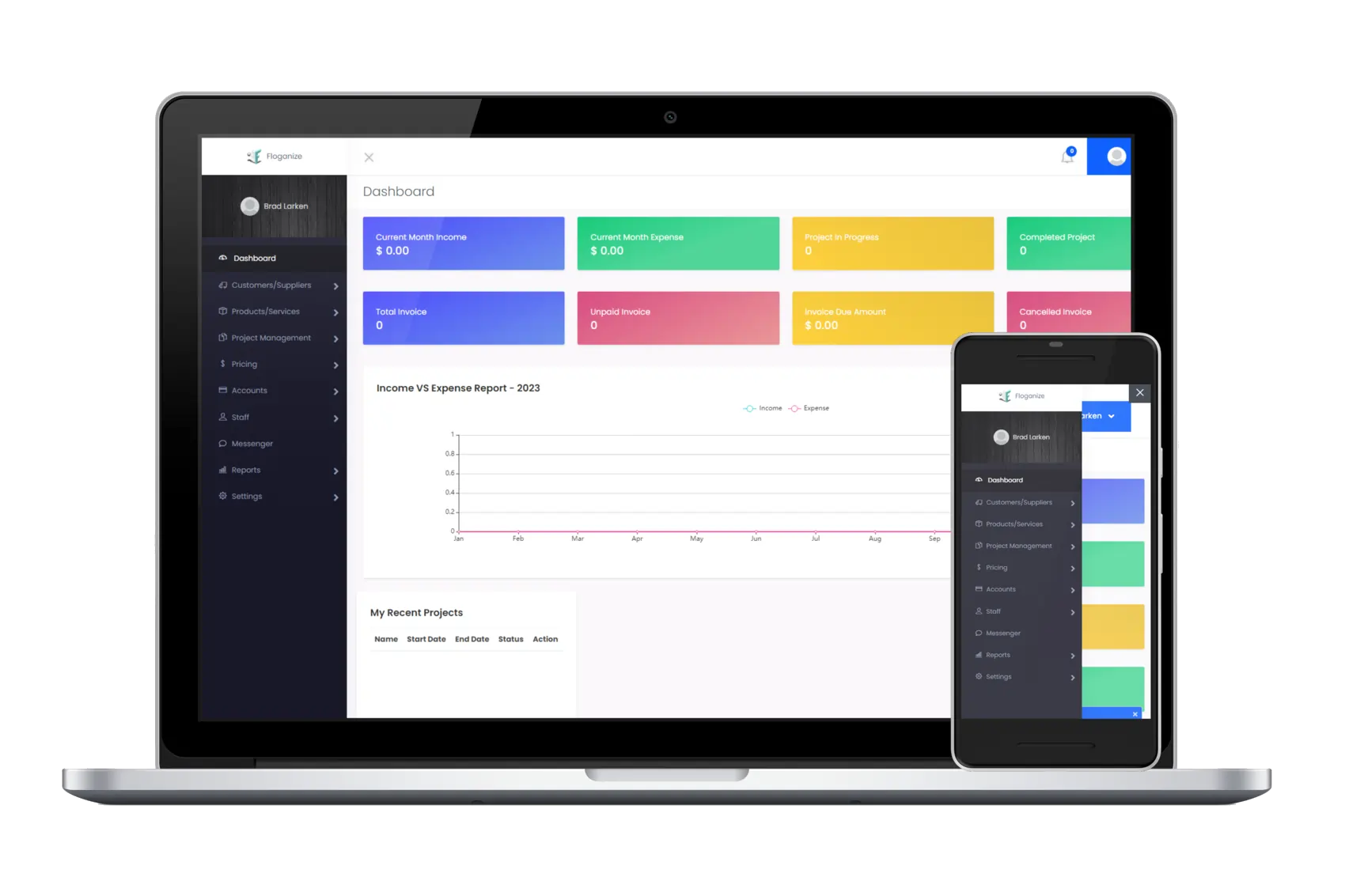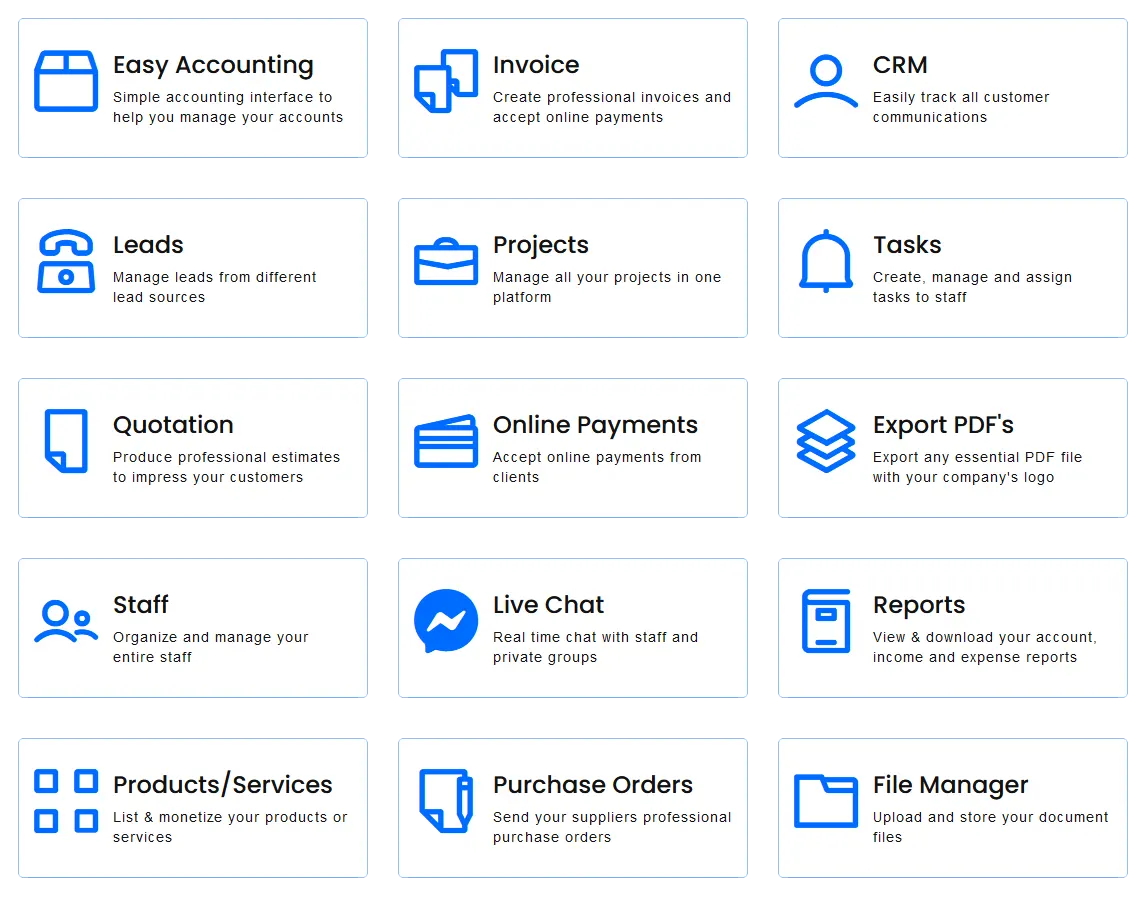How to Plan for Scale and Grow Your Small Business
The bulk of firms in America are small businesses, which also serve as the foundation of the economy. They produce 50% of all new jobs generated to the economy each year and make up 99.5% of all employer enterprises. An example of a small business is an entrepreneurial endeavour that can be a sole proprietorship, a partnership, or a corporation.
Initial Steps in Business Growth

Every company must a difficult decision to choose whether to expand or remain small.
The majority of small firms begin as entrepreneur-led activities and develop into profitable enterprises. To ensure that the company transforms from a one-man led operation to a functional organization with teams and departments, the entrepreneur must then begin implementing best practices in corporate governance, processes, and procedures.
Because it requires entrepreneurs to delegate tasks and responsibilities to others—something they are used to handling themselves—some entrepreneurs might be wary of making this change.
There are three different approaches to transforming an entrepreneur-led business into an organization: market-driven method, management-led method, and professional manager method.
Market-driven method
To transition from an entrepreneur-led business to a larger organization, small enterprises might use a market-driven method that starts with identifying their key consumers. The next question the company should ask itself is, “What is the end good or service that the consumer is purchasing?” They will better comprehend what consumers desire and what they will purchase as a result.
Management-led method
When developing a management-led plan, a small organization should consider how to grow each of its departments. For instance, it’s important to establish finance departments and other personnel who can assist with the development and management of financial performance and reporting. Additionally, the accounting division needs to be set up to be ready for the financial adjustments that growth will bring. The same analysis should be applied to marketing departments, HR departments, and other departments.
Professional manager method
A small business might recruit a qualified management by including company ownership in their compensation plan. This could be expressed as a percentage of the business or as the total number of shares. As a result, there would be less need to hire someone from outside the organization. The professional manager may be aware of what has to be improved and may actively participate in doing so, which is an added benefit.
How to Assess Market Conditions and Recognize Consumer Needs for Small Business Development
To evaluate the market, one must first comprehend consumer demand. You’ll need to conduct in-depth research for this. To learn more about what customers desire from your product, use the internet, business periodicals, trade journals, newspapers, etc.
You can also carry out some surveys to better comprehend client behaviour. You can learn more about your customers’ needs and expectations by using these questionnaires.
It will be easier for us to establish ourselves as a reputable participant the more we are able to comprehend the market and consumer need.
Tips on conducting market research for your company
Make sure to pay great attention to the following points when performing market research for your company:
– Identify the requirements of your ideal customer
– Discovering their mentality
– Learn what they do
– What do they stand for?
– What kind of lives do they lead?
– What do they enjoy doing?
– Where do they reside?
– What are their aches and pains?
To establish a long-lasting competitive advantage in the market, use the data you gather from your market research to inspire ideas for marketing campaigns, goods, and services.
How to Use Systems and Processes to Grow Small Businesses

Businesses used to mostly rely on physical tasks to finish their daily work in the past. Companies relied on handwritten notes for meetings, to record significant tasks and business requirements, and to handle financial records. They also utilized emails to save documents.
Written notes are lost over time due to employees joining and leaving the company, teams being unable to locate meeting notes or project documentation, and employees forgetting verbal information.
Sustainable systems and resources are essential to business growth
Utilizing sustainable business practices and technologies is essential for expanding your small business. Productivity is the primary motivator for using business tools and software because when an organization grows, an individual’s productivity declines and they are absorbed into the larger organization.
Businesses now need to learn how to accomplish the following:
– Monitoring employee performance management
– Safely and securely manage corporate papers and data
– Provide access to information throughout the entire organisation as needed
– Make sure teams are always working on the same documents
– Encourage communication and transparency within the organization
– Encourage team accountability
All of this is possible with a business management software like Floganize, which has the following advantages:
– Enhanced productivity
– Savings and affordability for expanding enterprises
– Team coordination
– Promotion of good corporate governance and best practices
View the Floganize Tutorials Section to Learn More
If you want to learn more about our powerful business management software, then please click here to view the Floganize tutorials educational page. You can sign up today for a free 14-day trial! Simply click here and enjoy all of the powerful features that will simplify your daily business tasks!


